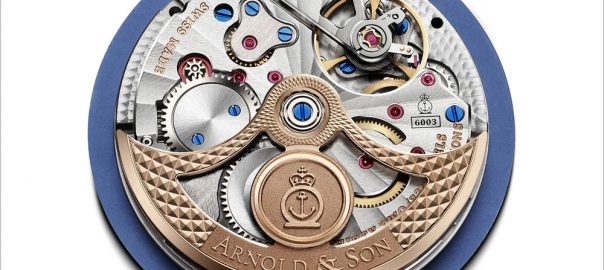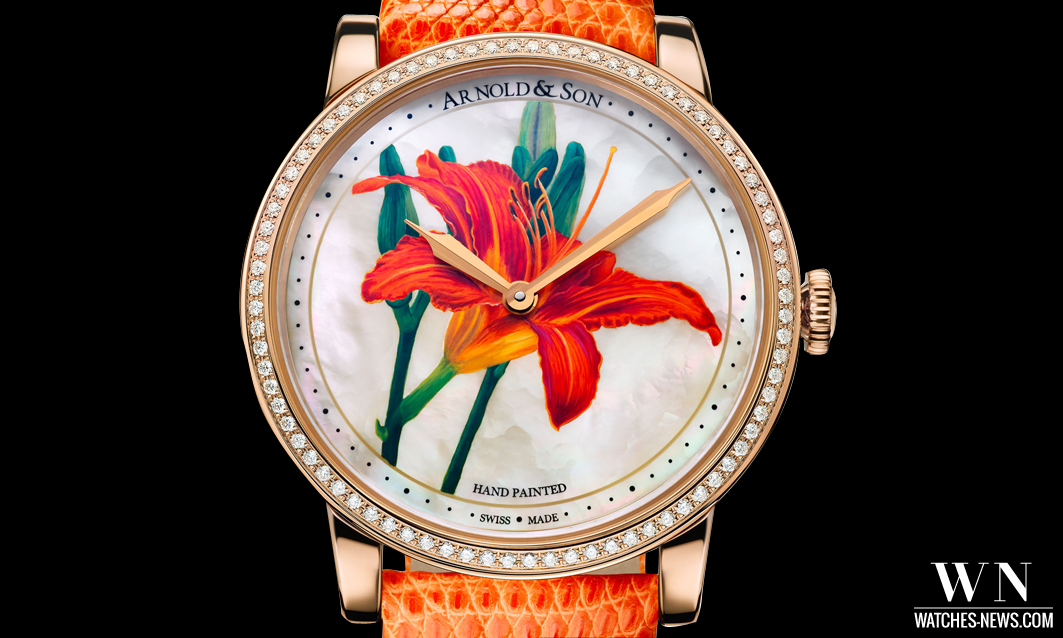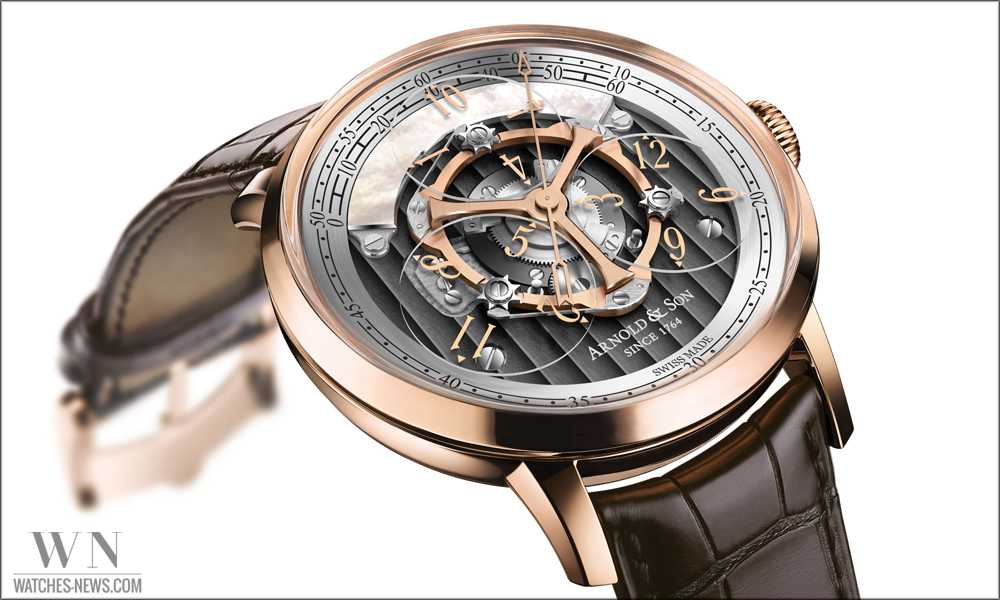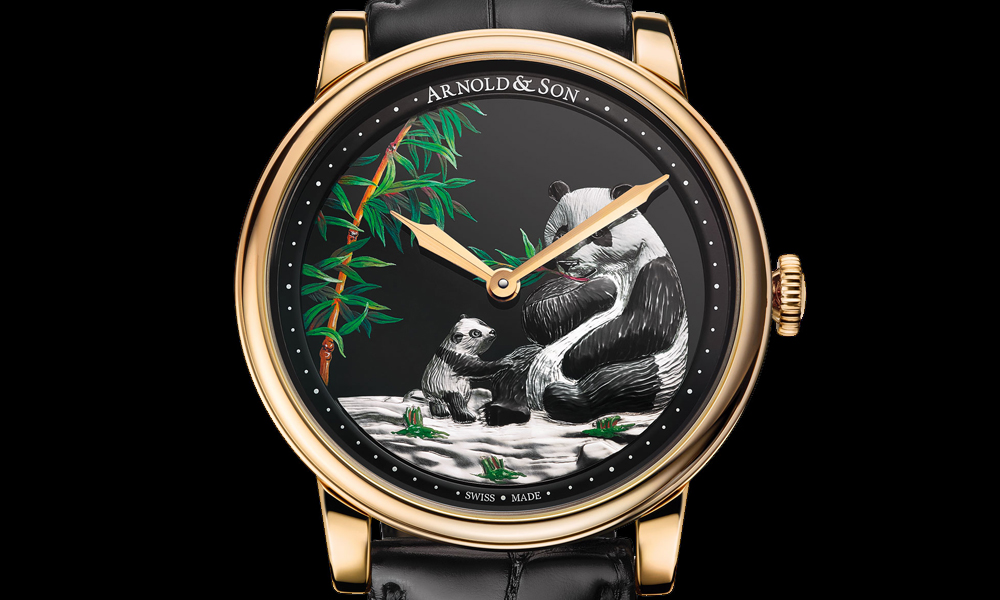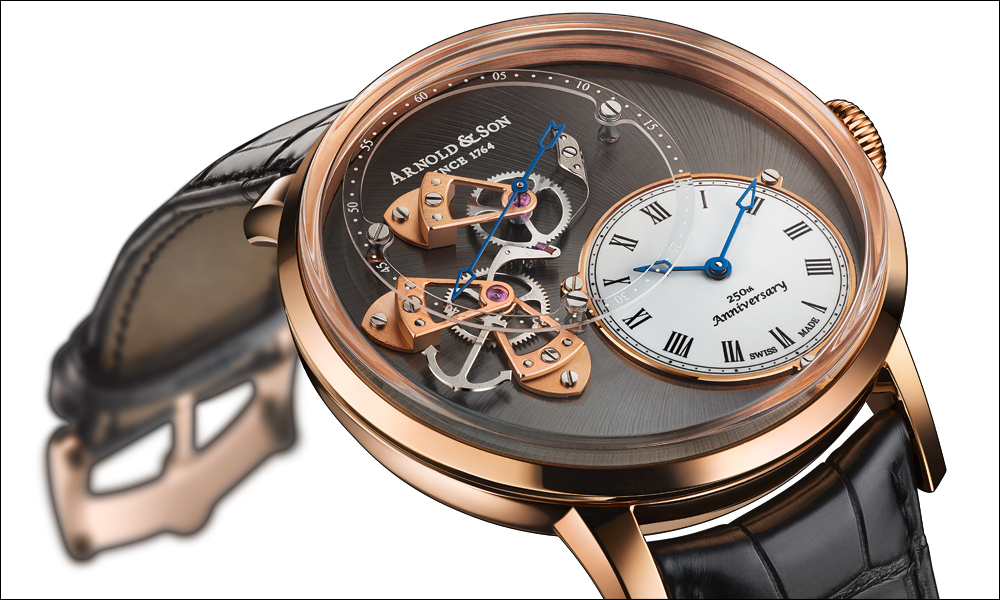Introducing the True Second by Arnold & Son
The “deadbeat second” is a true watchmaking complication that has little use nowadays. But just like the tourbillon, this mechanism, which allows the seconds hand to jump once a second and not six or eight times, still appears on some new products. Arnold & Son has even made it their speciality.
When the seconds hand appeared on pocket watches in the late 18th century, it was soon called the “central seconds hand”. It’s hurried little jumps, in accordance with the frequency of the balance wheel’s oscillation (six jumps/second for 3 hertz, eight for 4 hertz), made it look like a hamster running in its wheel.
But since the chronograph hadn’t yet been invented to stop hands and measure short time, it was of no use to sailors. They needed the seconds as a basis to determine longitude during long journeys.
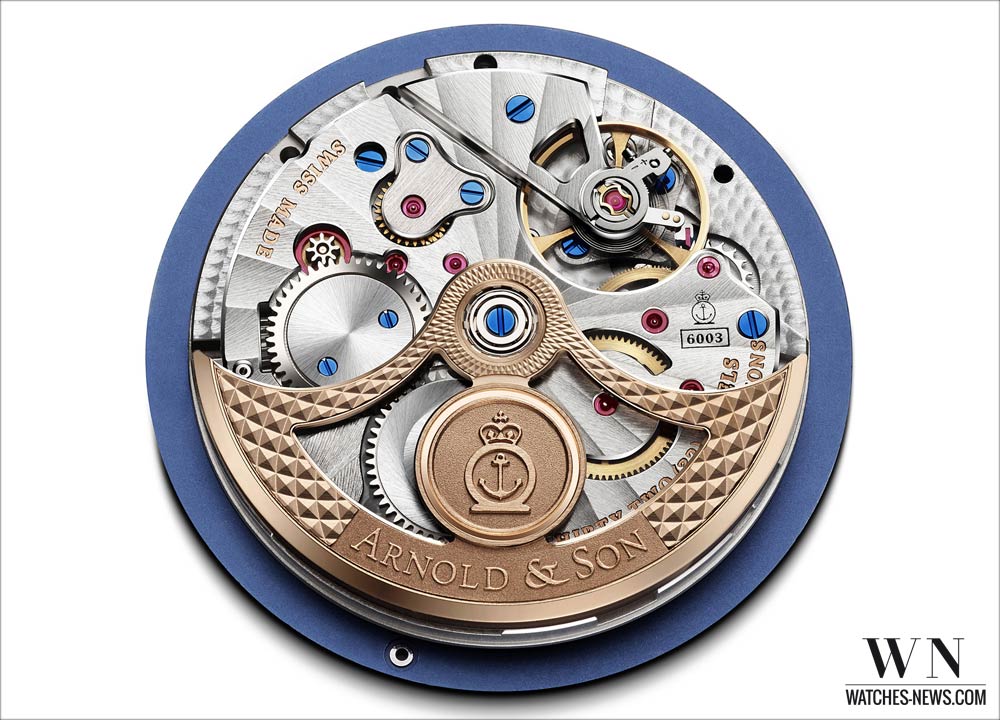
So watchmakers created the “deadbeat second” for the famous marine chronometers as well as astronomers’ regulators. Also called the “sudden second” by Abraham-Louis Breguet, “true second” or even “jumping second”, the idea is to freeze the seconds hand and store the balance wheel’s energy to only release it for every full second. This provides greater understanding for counting time. The many solutions, from the second barrel and spring strip to a new escapement gave rise to real complications at the time. These additional mechanisms fell into oblivion but are now attracting interest again.
Inspired by the marine chronometers designed in 1764 onwards, Arnold & Son is one of the main players in the revival. Unveiled as a preview at Baselworld 2016, the DSTB – for Dial Side True Beat – is a model with a true beat second showcased on the dial. The mechanism is exceedingly elegant. It features an additional wheel paired with the fourth wheel which usually bears the seconds hand turning constantly at 9. This triggers a spring which, once a second, releases an anchor-shaped lever. This then powers the seconds hand which marches along an oversize sapphire ring off-centre at 11 o’ clock.
The self-winding movement designed, developed and made entirely in-house lies in a 43.5mm white gold case. Limited edition (125 available).
By Fabrice Eschmann
